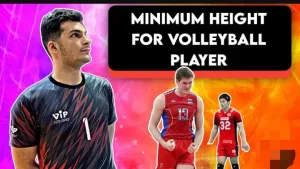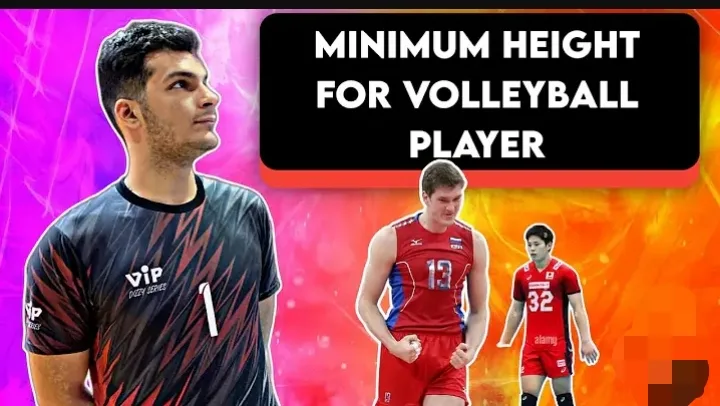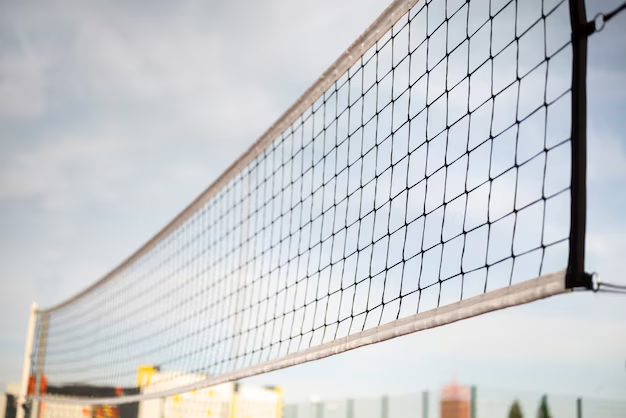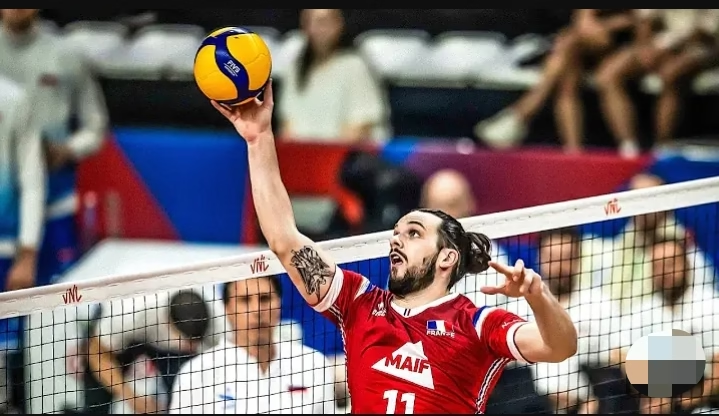When it comes to the minimum height for volleyball player female, especially those aiming to play at the collegiate level, there are several factors to consider. While volleyball is often seen as a height-driven positional sport, it’s important to understand that success in volleyball is not solely determined by how tall a player is. This article will look at the height requirements, skills, and strategies for female volleyball players aiming to compete at the highest levels, including NCAA Division I (D1) volleyball.
The Role of Height in Volleyball
Height can offer certain advantages in volleyball, particularly for positions like outside hitter, middle hitter, and right-side hitter. Tall players typically have an easier time reaching over the net for blocks and spikes. For example, NCAA D1 attackers are often tall, with outside hitters and middle hitters usually standing at 6 feet or taller. However, this doesn’t mean that shorter players cannot compete at high levels. Shorter players around 5’5″ can still excel, especially in positions like libero or defensive specialist, which rely more on agility and quick reflexes.
Minimum Height for Volleyball Player Female: Recommended Heights

According to official volleyball rules, there is no strict minimum or maximum height for playing volleyball. However, average heights for players are often considered to be around 6’8 (6 feet 8 inches) for men and 5’10 (5 feet 10 inches) for women. These heights generally provide good jumping ability and reach over the net.
While height can be advantageous in volleyball, it is not the only factor that matters. Basic skills such as sitting, digging, attacking, coordination, speed, and strength are crucial for success in the sport. Therefore, even if you don’t meet the average height recommendations, you can still excel by developing these skills.
See Also:
- Volleyball Violations and Mistakes
- Can You Kick the Ball in Volleyball?
- Pin Hitter Volleyball Position and Role Explained
Overcoming Height Challenges
For shorter players, like 5’5″ height, excelling in college volleyball, particularly at a D1 school, requires a high degree of skill and athleticism. Here are some key strategies:
- Skill Mastery: Focus on becoming an all-around player. As I was saying, mastering all basic skills is crucial. This includes passing, attacking, blocking, serving, defending, and setting. The more versatile you are, the more valuable you become to college coaches.
- Athleticism: Develop your athletic abilities, such as your vertical jump, speed, and agility. Smaller players need to be exceptionally quick and have a strong vertical jump to compete with taller players.
- Club Experience: Participate in club volleyball, attending multiple clubs and camps. This exposure helps improve your skills and gain the attention of college coaches. Playing for high school varsity and middle school volleyball teams also provides valuable experience.
- Patience in Recruiting: Smaller players often receive offers later in the recruiting process. Be patient and persistent. Many NCAA Division I programs continue to recruit athletes up until the start of the season due to the fluid nature of the sport.
Volleyball Positions Height Insights
Outside Hitter: To play as an outside hitter at a D1 level, you need to be exceptionally skilled and athletic. While taller players might dominate this position, a shorter player can stand out by being consistent, reliable, and versatile.
Libero/Defensive Specialist: These positions are best for shorter players. Libero/defensive specialists are critical to a team’s defense and require excellent passing and digging skills. Height is less critical here, making it a great position for players around 5’5″.
Read more: Characteristics of a Libero in Volleyball
Middle Hitter: These positions are typically reserved for taller players due to the need for blocking and quick attacks at the net. However, if you have exceptional jumping ability and quick reflexes, it’s still possible to excel.
Considering Other Levels
While playing at the NCAA D1 level is a dream for many, it’s important to consider other collegiate levels like NCAA Division II (D2) or Division III (D3). These levels offer competitive volleyball with potentially a better balance between athletics and academics.
Additionally, D2 and D3 programs might be more accommodating to shorter players who excel in skill and athleticism.
Conclusion
In this article, we have look into the common question among the coaches and volleyball players: “What is the minimum height for a volleyball player?” We’ve discuss the minimum height for volleyball players, female and male athletic.
In conclusion, while height can be an advantage in volleyball, it is not an absolute requirement for success.
Focus on developing fundamental skills, improving your athleticism, and gaining as much competitive experience as possible. Whether aiming for a D1 school or considering other collegiate levels, remember that dedication, perseverance, and versatility are key to achieving your goals in volleyball.
Good luck to all aspiring volleyball players! Keep working hard, and remember that there’s a place for everyone in this dynamic and exciting sport.




